The single arm cable fly is an excellent isolation exercise among various chest exercises targeting the chest muscles while also engaging stabilizer muscles in the shoulders and core. Unlike traditional dumbbell flys, using a cable machine provides constant tension throughout the movement, enhancing muscle activation. Whether you’re an athlete, bodybuilder, or fitness enthusiast, this unilateral movement can help improve strength imbalances and sculpt a well-defined chest.
Muscles Worked in the Single Arm Cable Fly
Primary Muscles Targeted:
-
Pectoralis Major (Chest)
-
Pectoralis Minor (Upper chest and shoulders)
Secondary Muscles Engaged:
-
Deltoids (Front Shoulder)
-
Serratus Anterior (Ribcage Muscles)
-
Core Stabilizers (Abs and Obliques)
Benefits of the Single Arm Cable Fly
-
Isolates the Chest Muscles – The exercise focuses on unilateral movement, allowing for better muscle activation and correction of strength imbalances.
-
Enhanced Muscle Tension – Unlike free weights, the cable machine provides continuous resistance, optimizing hypertrophy.
-
Improves Stability and Control – Engaging the core to resist rotation builds overall stability, reducing the risk of injury.
-
Better Mind-Muscle Connection – Performing the movement with one arm at a time enables greater concentration on each rep.
-
Customizable Range of Motion – Cable machines allow users to adjust pulley height, making it easy to target different areas of the chest.
How to Perform the Single Arm Cable Fly Correctly
Step-by-Step Guide:
-
Set Up the Cable Machine – Adjust the pulley to chest height and attach a single D-handle grip.
-
Stand in a Split Stance – Position your feet shoulder-width apart with one foot slightly forward for balance.
-
Grip the Handle – With a slight bend in your elbow, grasp the handle with one hand while your right hand rests on the cable bar at shoulder-height for support.
-
Engage Your Core – Keep your core tight to maintain stability and prevent excessive rotation.
-
Execute the Movement – Slowly bring your arm across your body in a controlled arc-like motion, squeezing your chest and engaging the muscles between your shoulder blades at the end range.
-
Return to Starting Position – Gradually allow your arm to return to the starting position while maintaining tension in your chest.
-
Repeat and Switch Sides – Perform equal reps on both sides to ensure muscular balance.
Common Mistakes to Avoid
-
Using Excessive Weight – Prioritize form over heavy resistance to avoid shoulder strain.
-
Overextending the Arm – Keep a slight bend in the elbow to reduce stress on the shoulder joint.
-
Losing Core Stability – Engaging the core prevents unnecessary torso rotation and promotes better control.
-
Rushing the Movement – Perform slow and controlled reps to maximize muscle engagement.
Variations and Modifications
1. High-to-Low Single Arm Cable Fly
-
Targets the lower chest by setting the pulley at a high position and pulling the handle downward across the body.
2. Low-to-High Single Arm Cable Fly
-
Focuses on the upper chest by starting with the cable low and pulling it upwards in a diagonal motion.
3. Seated Single Arm Cable Fly
-
Provides extra support by reducing body movement, helping to isolate the chest muscles even more.
4. Resistance Band Alternative
-
If you don’t have access to a cable machine, a resistance band can mimic the movement for home workouts.
How to Integrate the Exercise into Your Workout Routine
Beginner: 3 sets of 10-12 reps per arm with light to moderate weight
Intermediate: 4 sets of 8-10 reps per arm with moderate weight
Advanced: 5 sets of 6-8 reps per arm with heavier weight while maintaining control
Best Paired With:
-
Other chest exercises such as Bench Press (Strength Foundation)
-
Incline Dumbbell Fly (Upper Chest Focus)
-
Dips (Lower Chest Activation)
-
Push-Ups (Endurance & Stability)
Conclusion
The single arm cable fly is an underrated but highly effective chest isolation exercise that enhances muscular balance, stability, and definition. By incorporating it into your routine and practicing proper form, you’ll develop a stronger, more symmetrical chest while reducing muscle imbalances. Try different variations and integrate them into your workout plan to maximize your gains!b



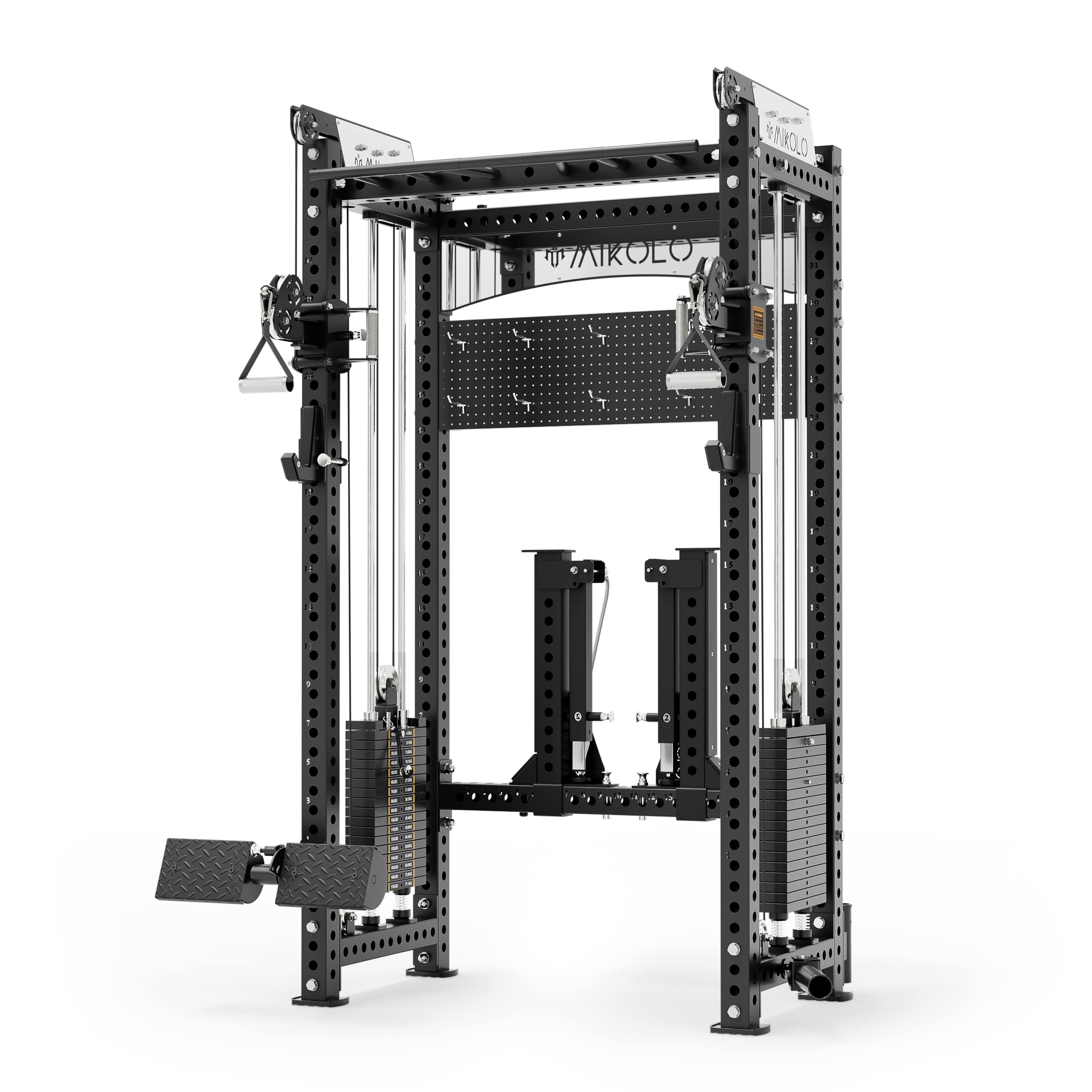

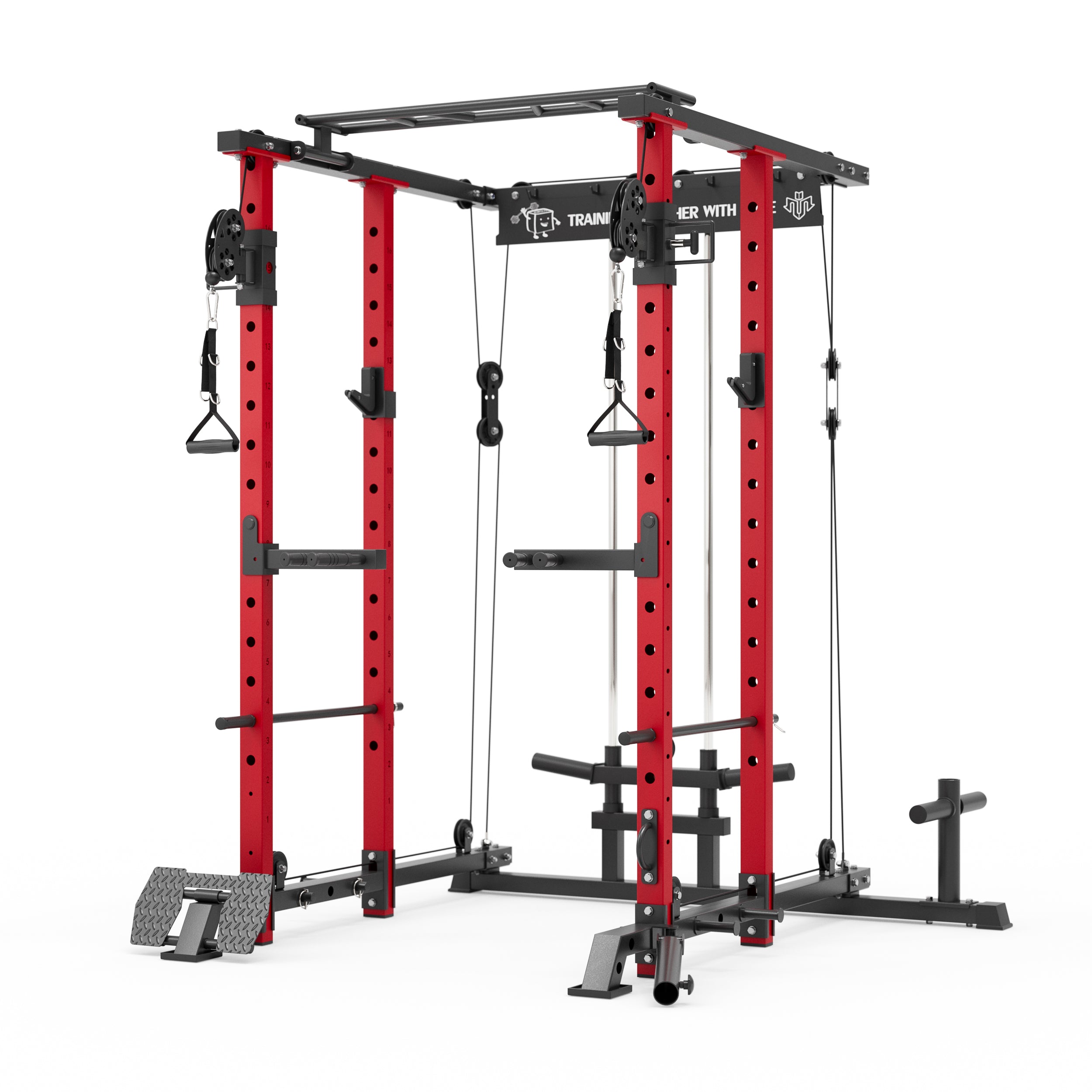



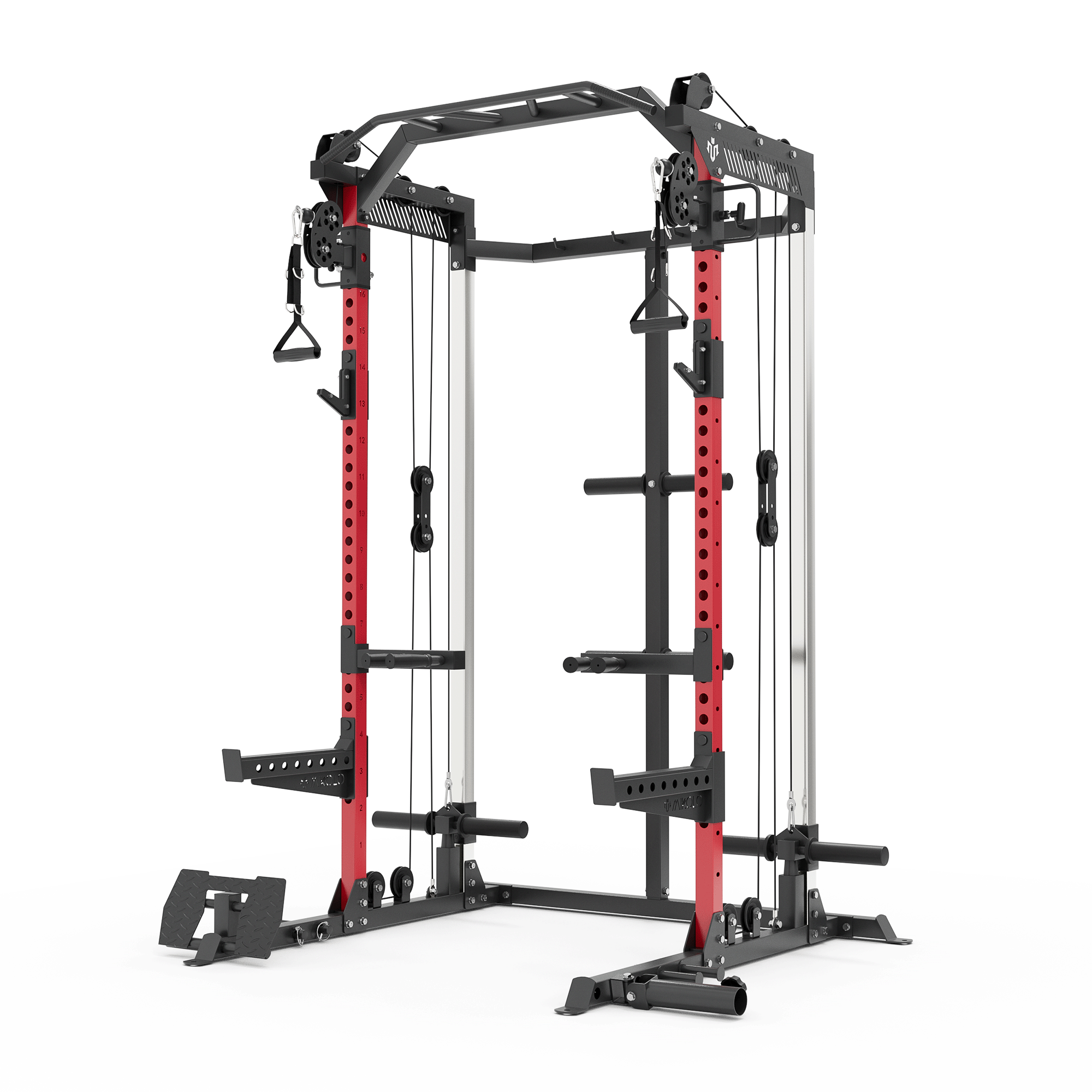
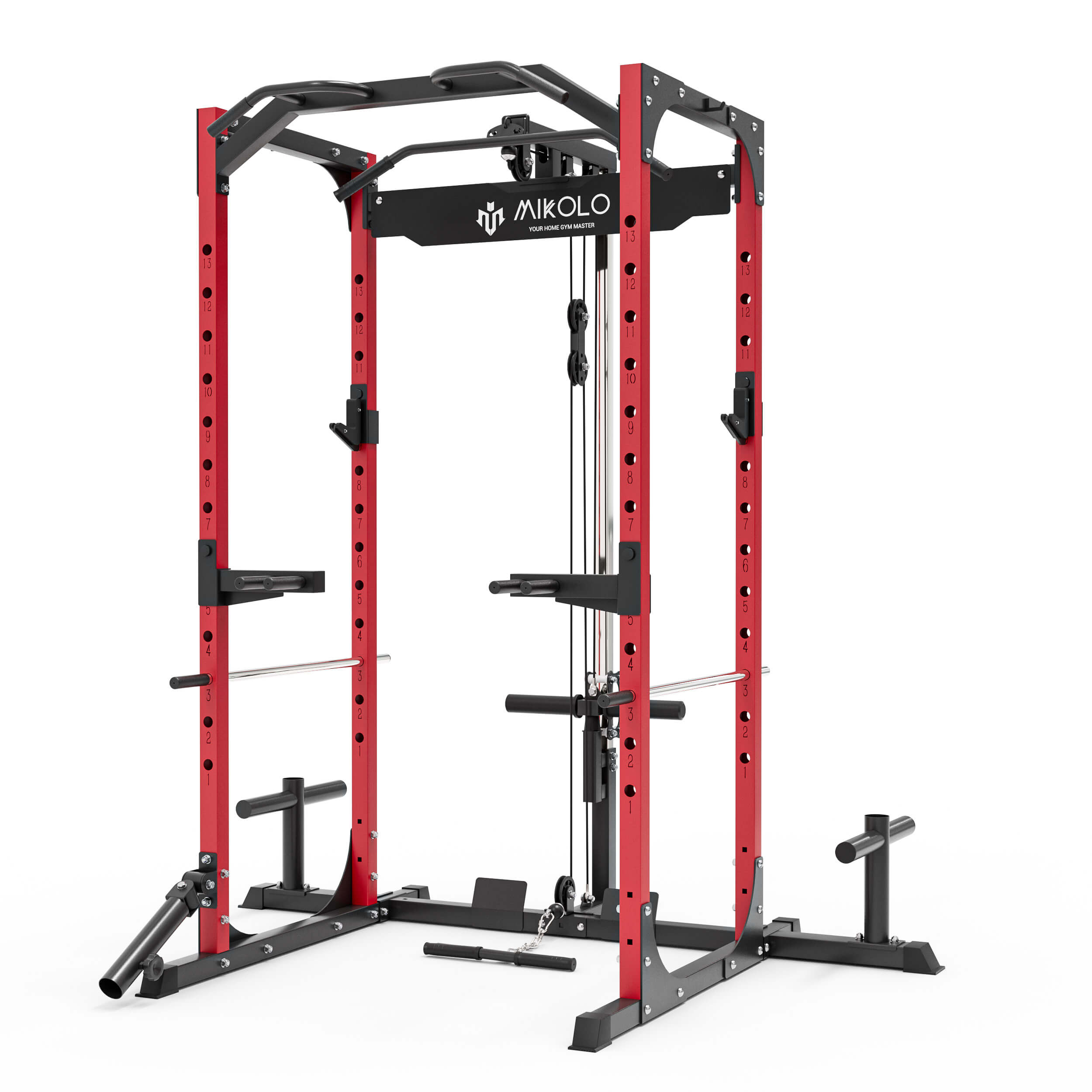




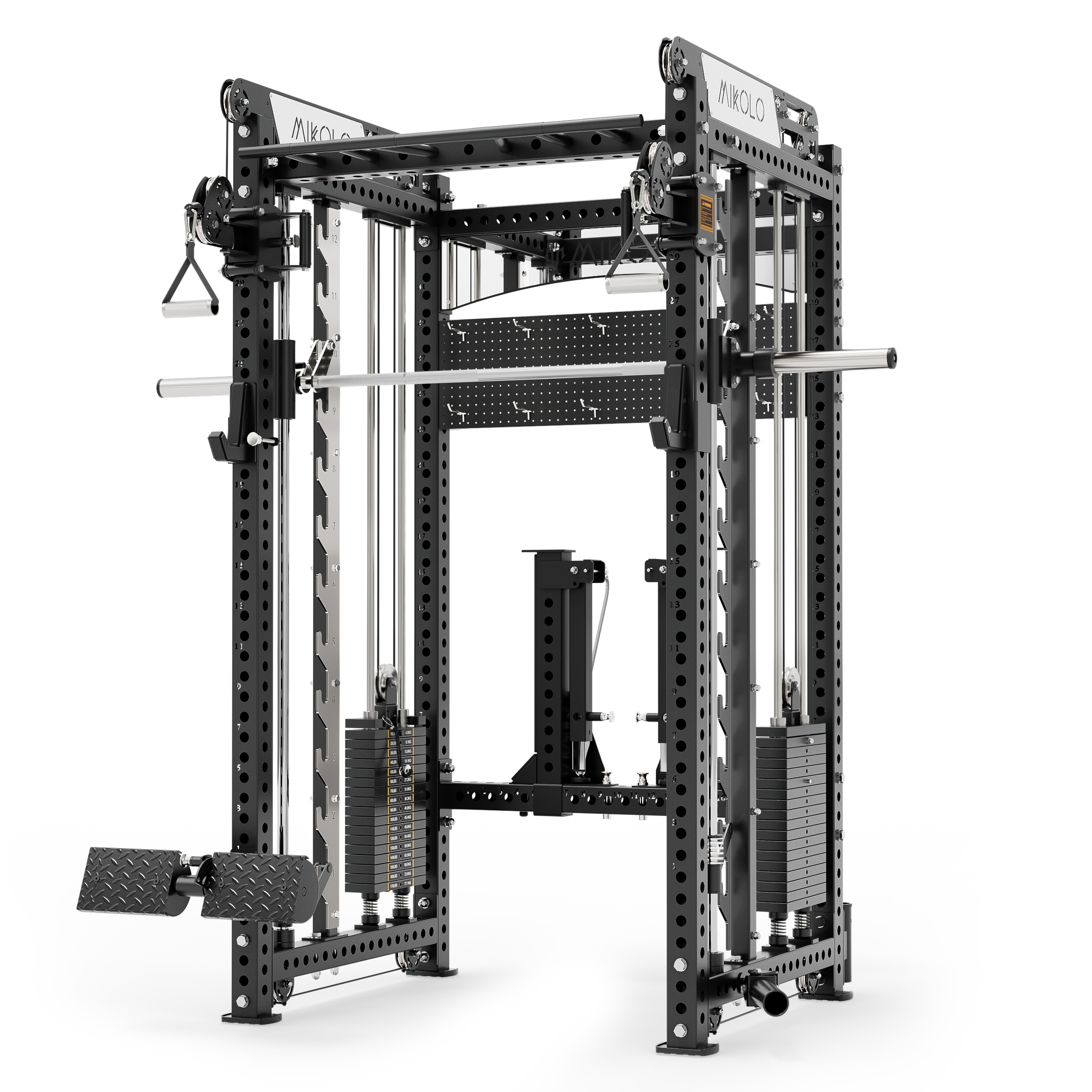

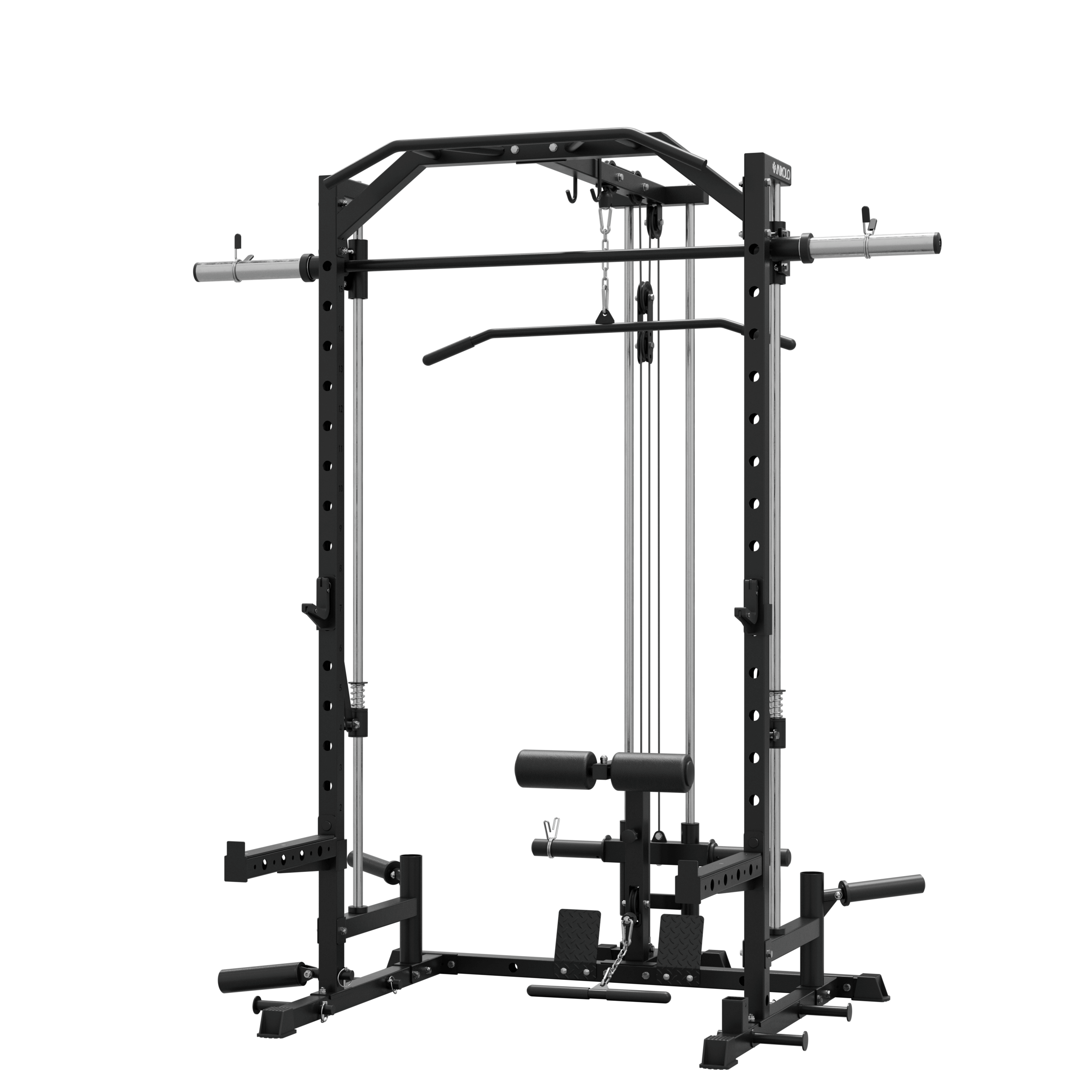
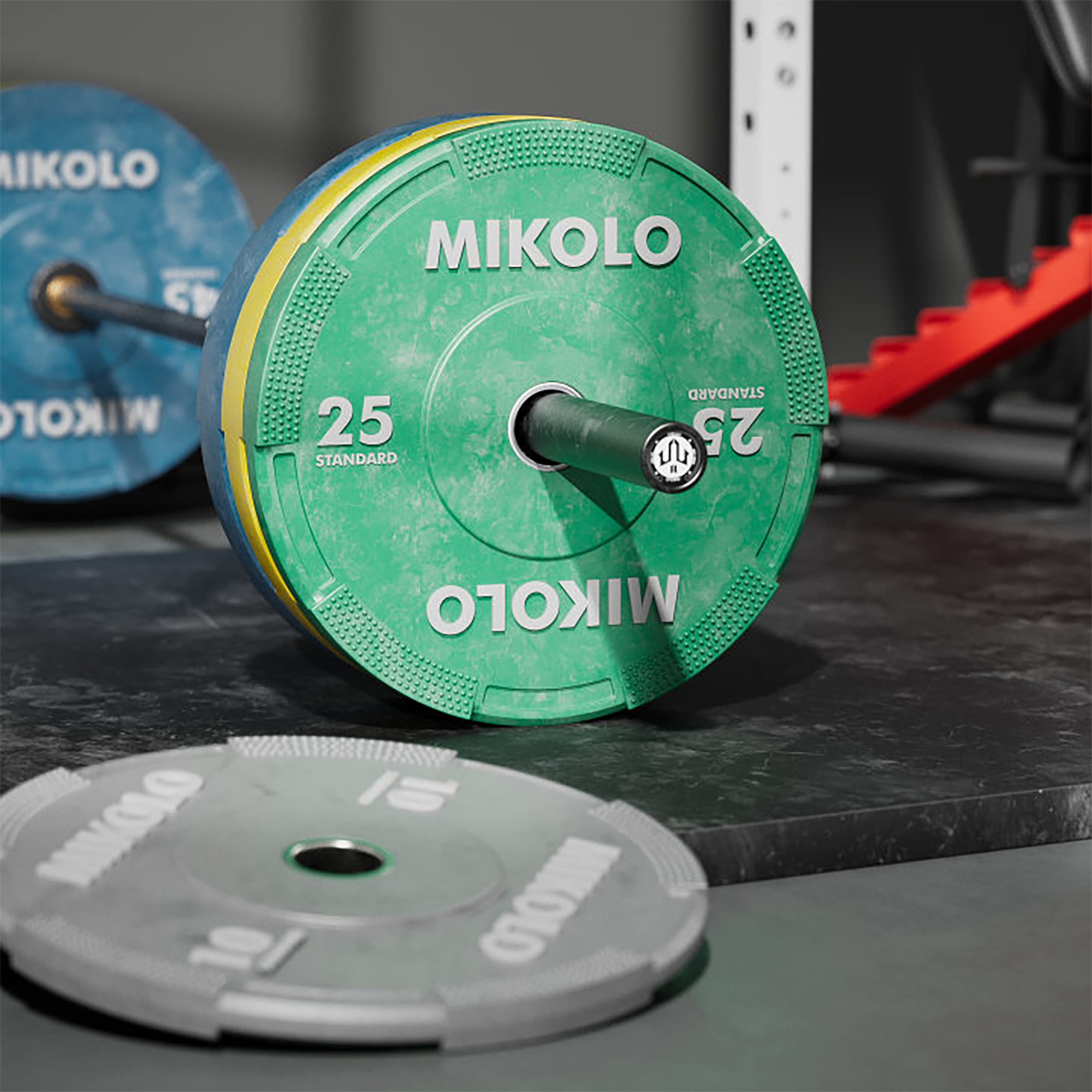
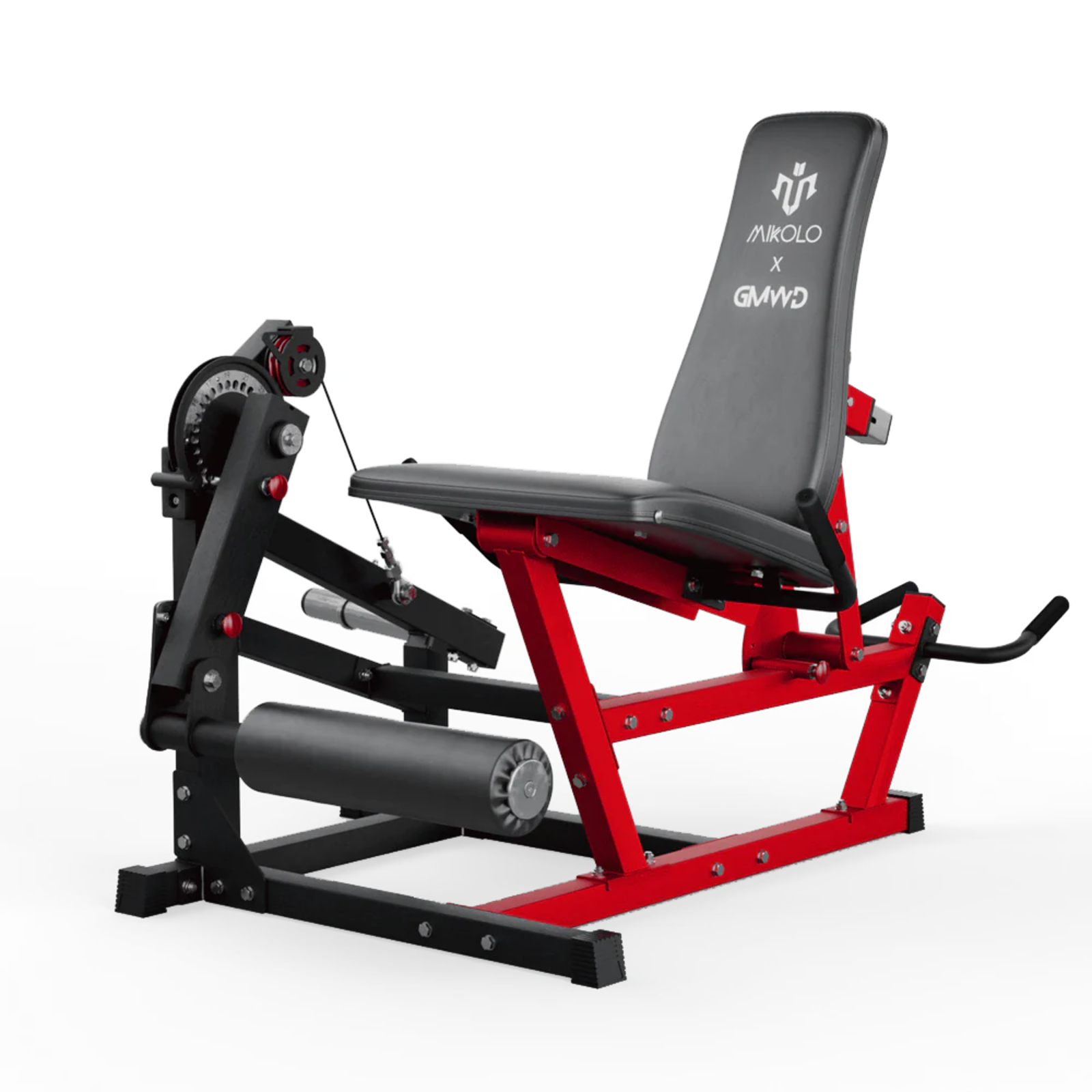

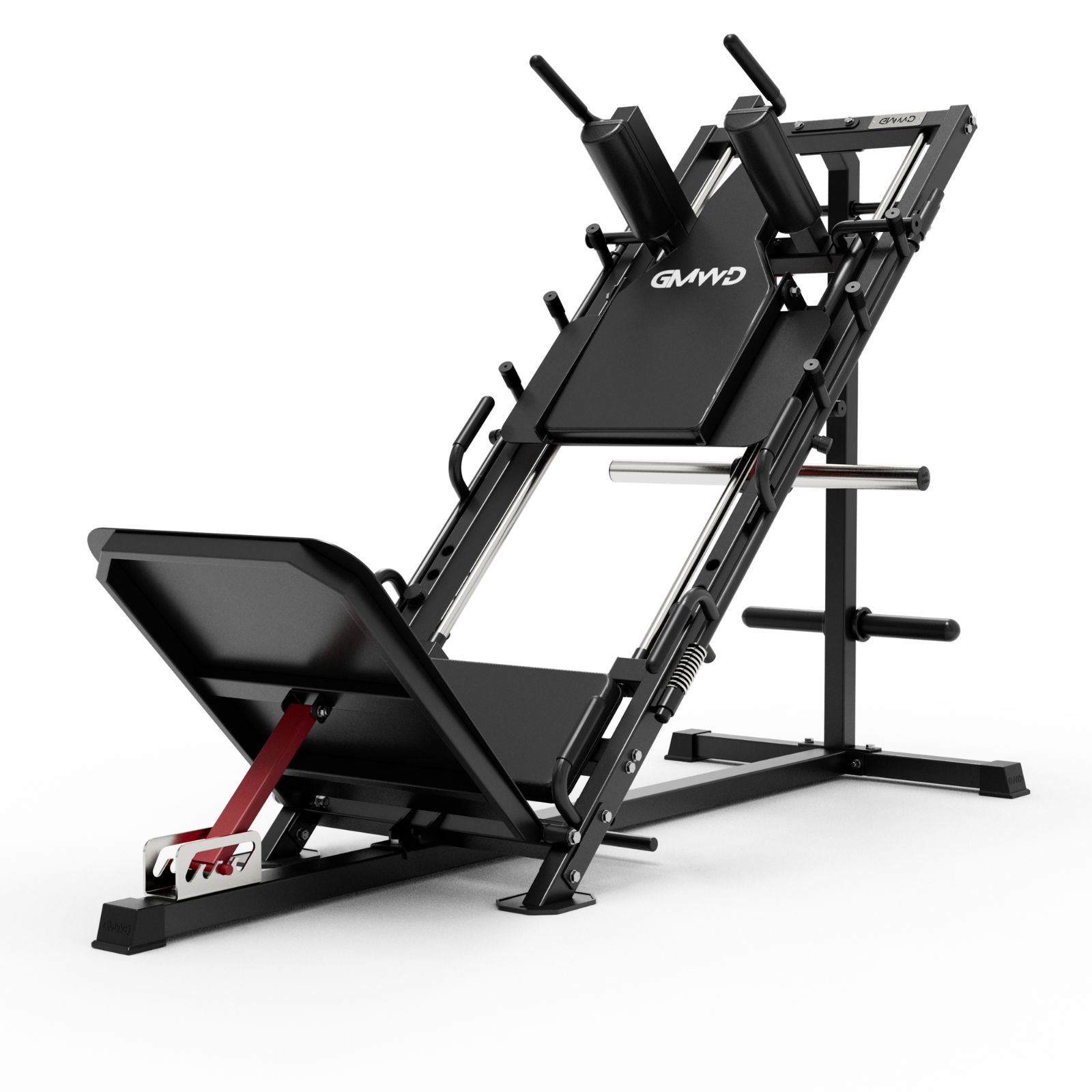


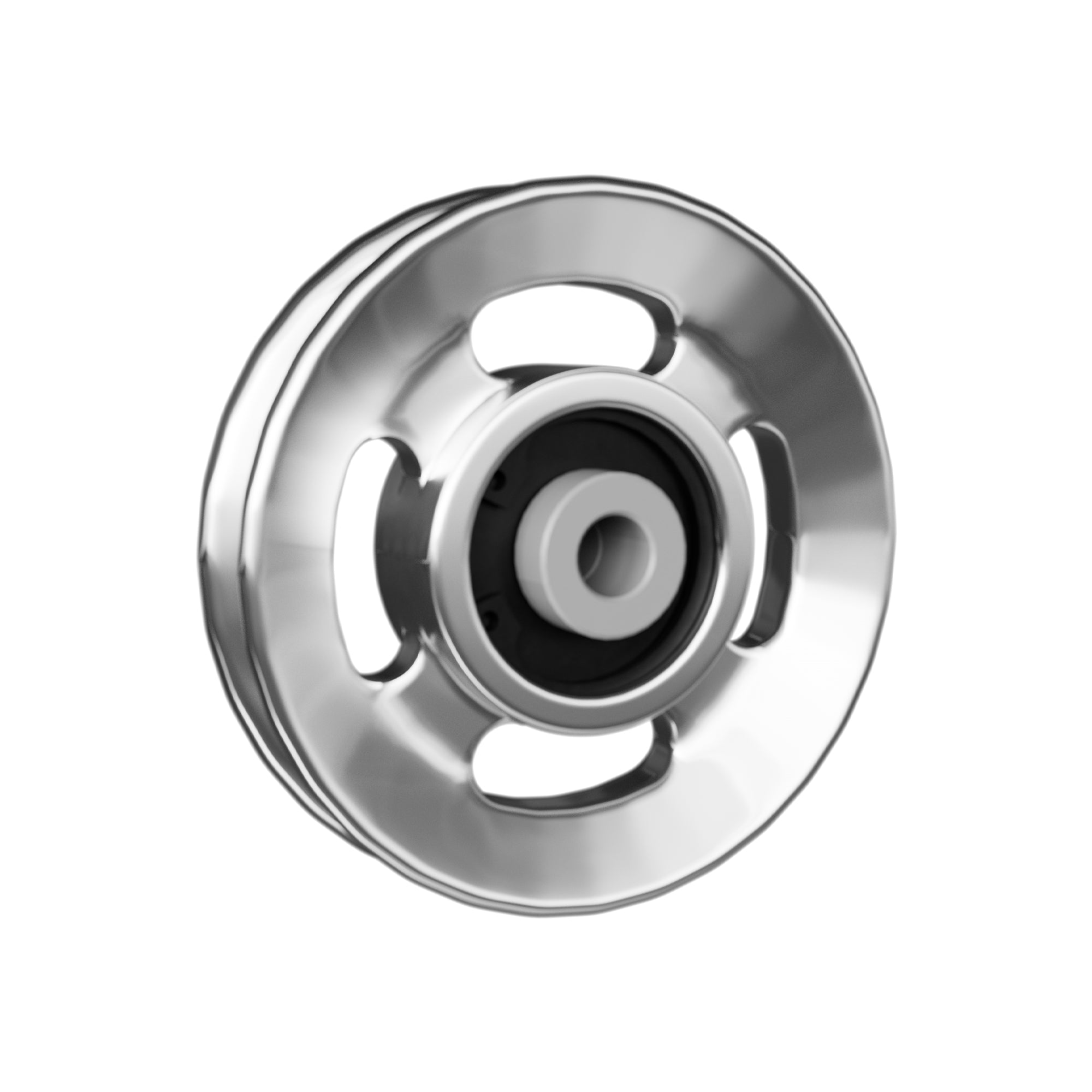
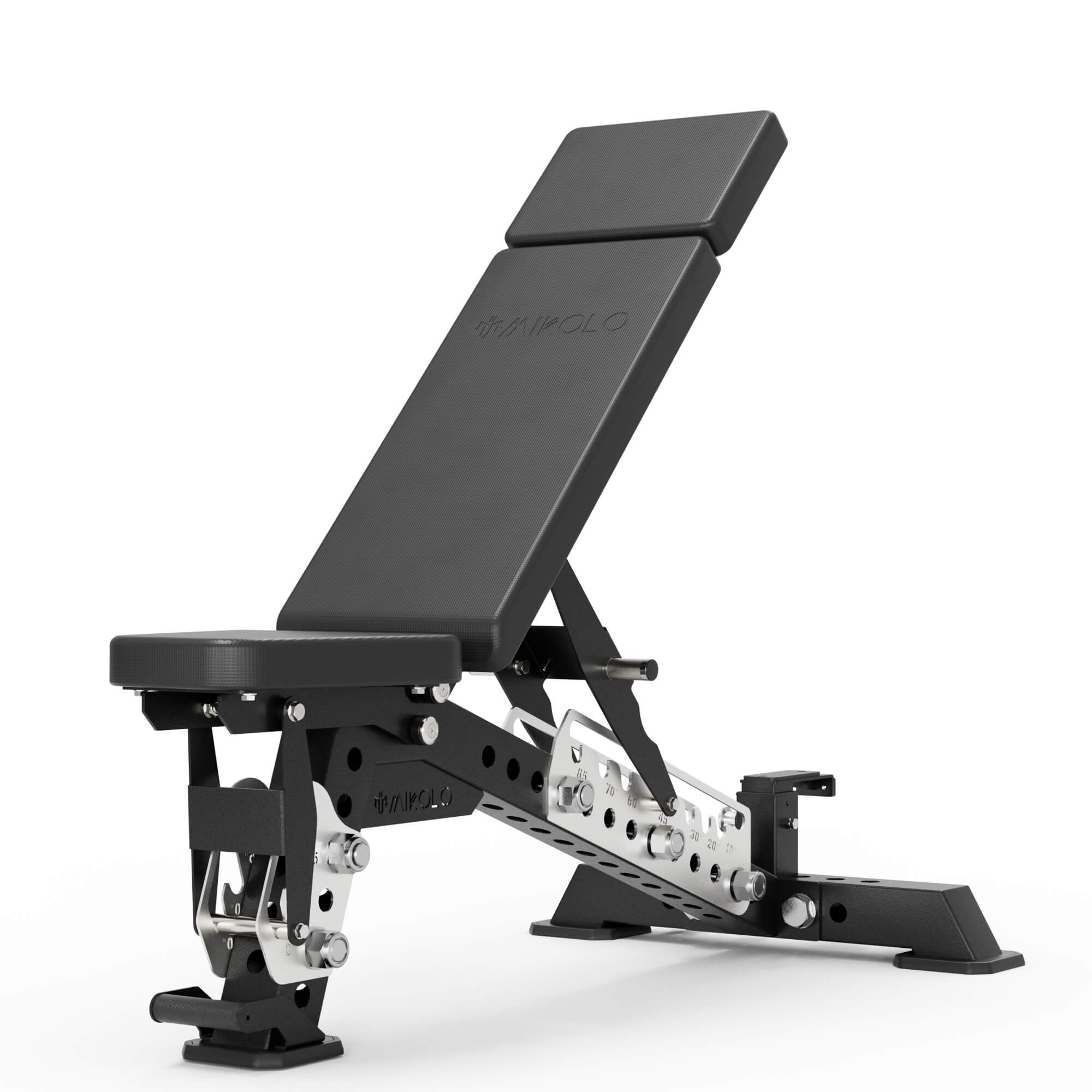
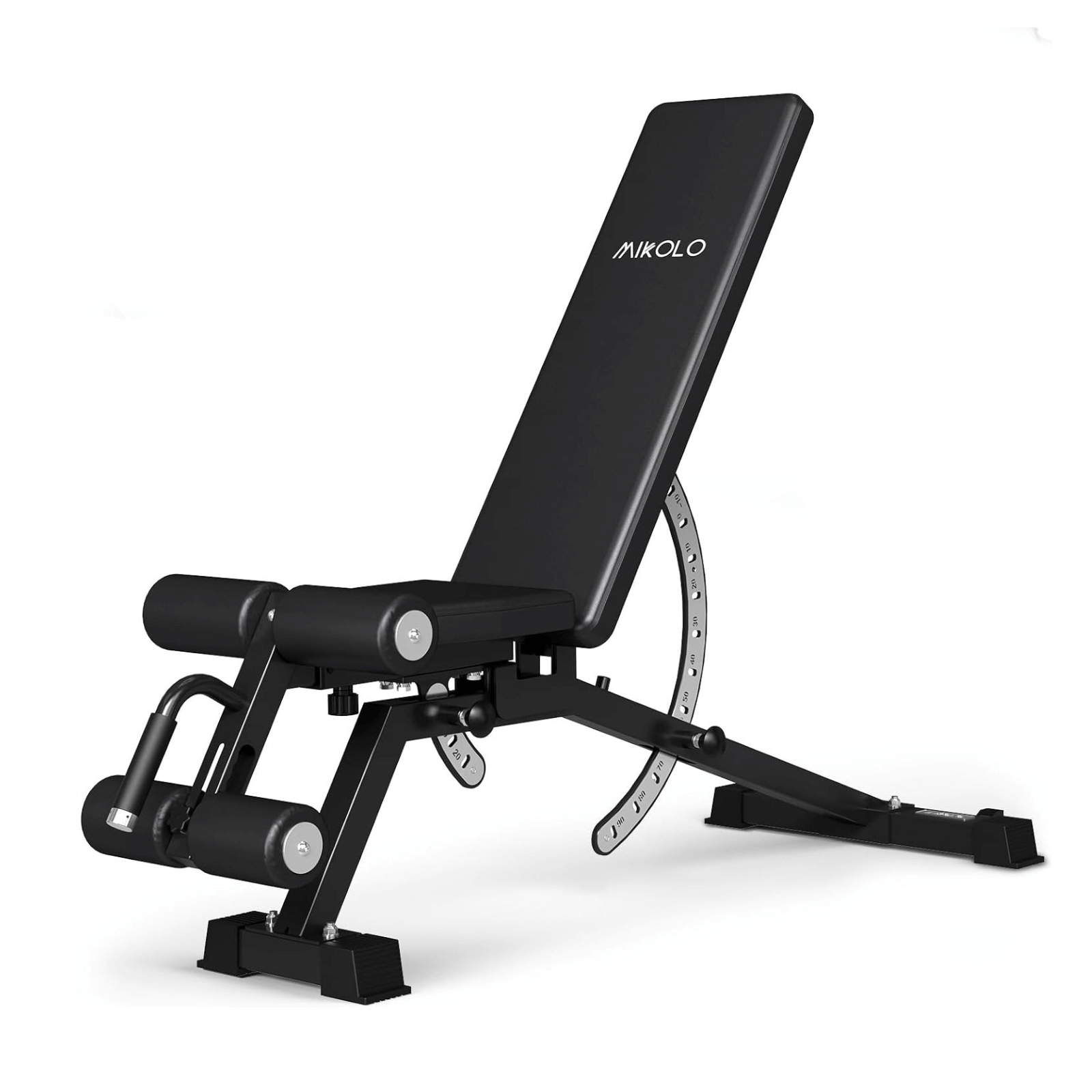

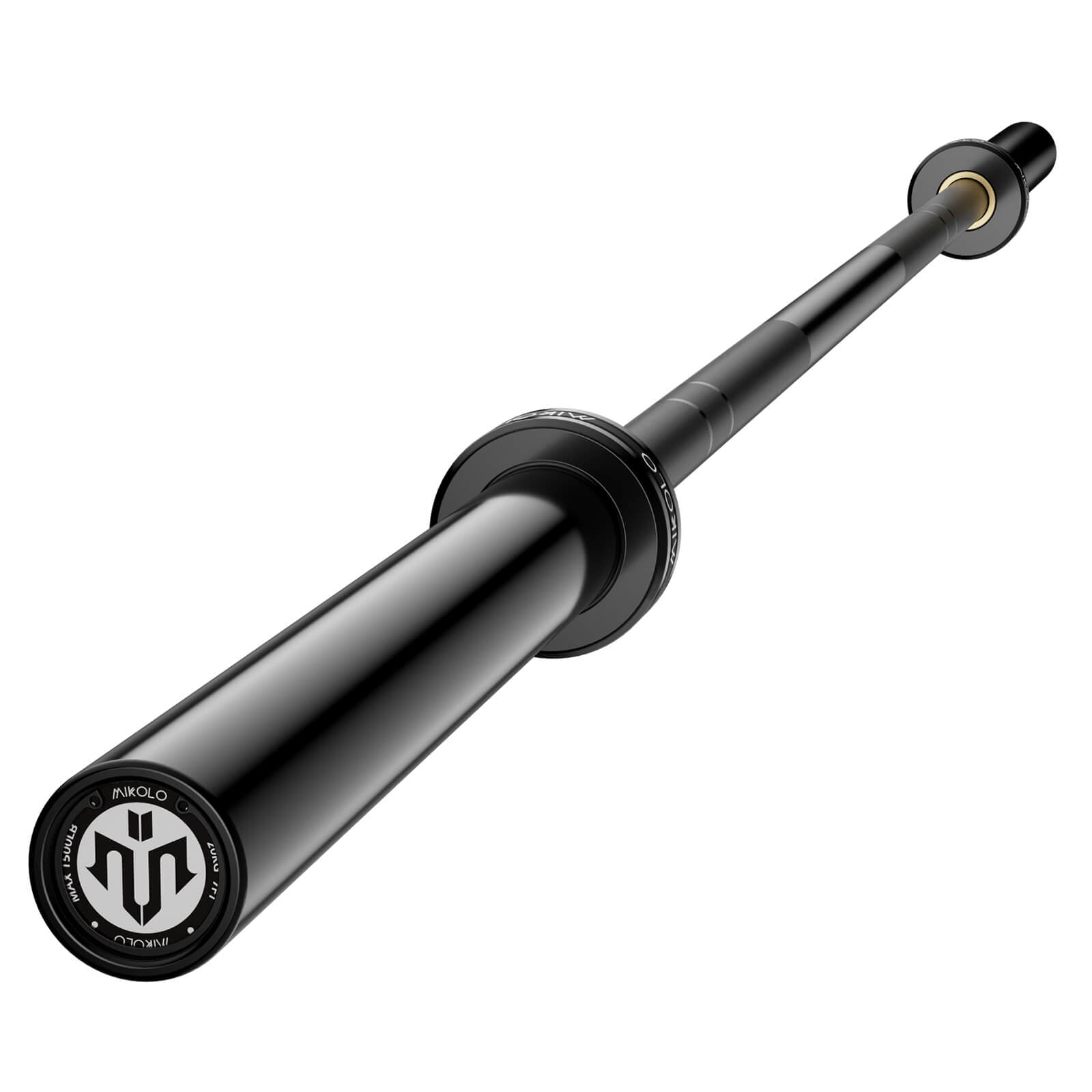
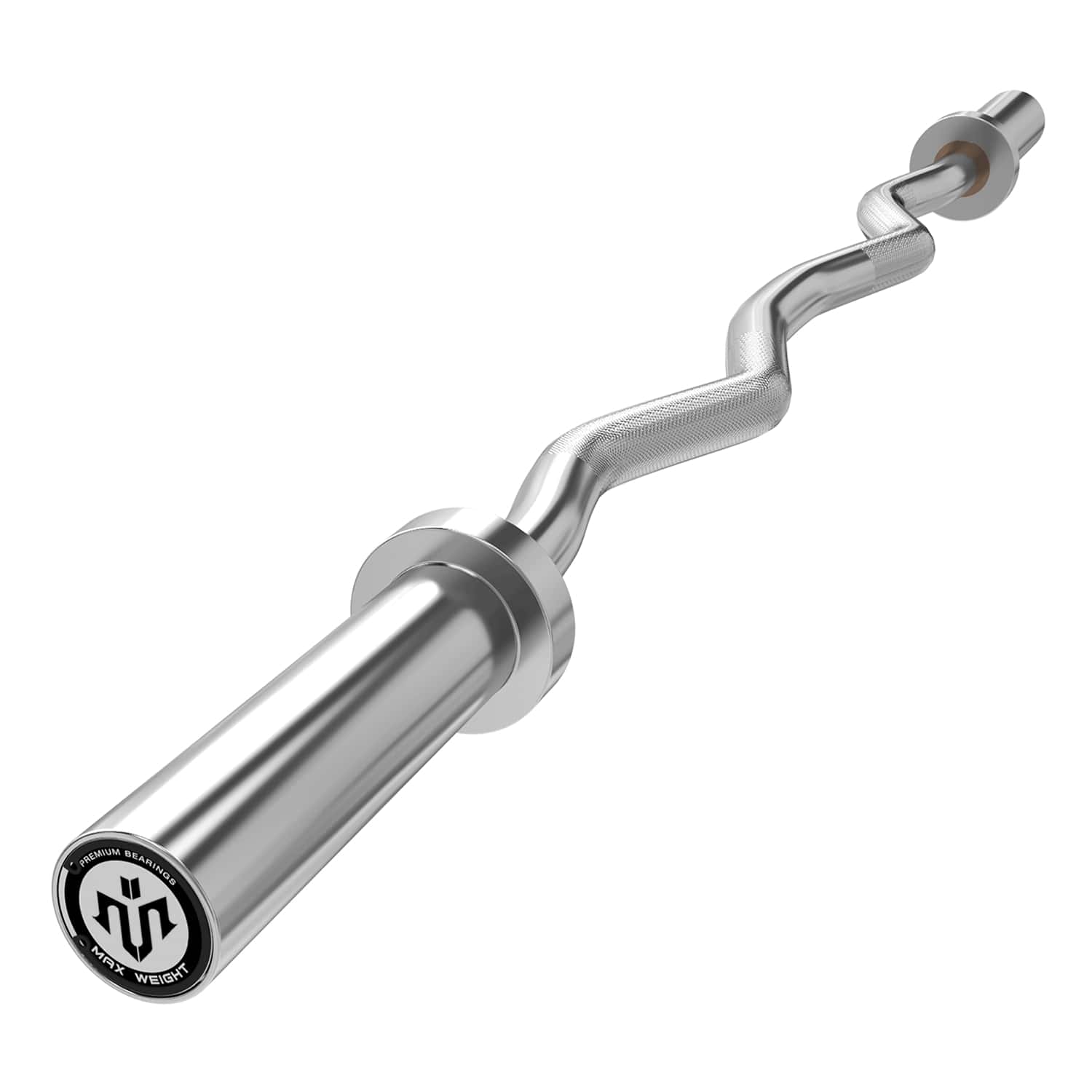
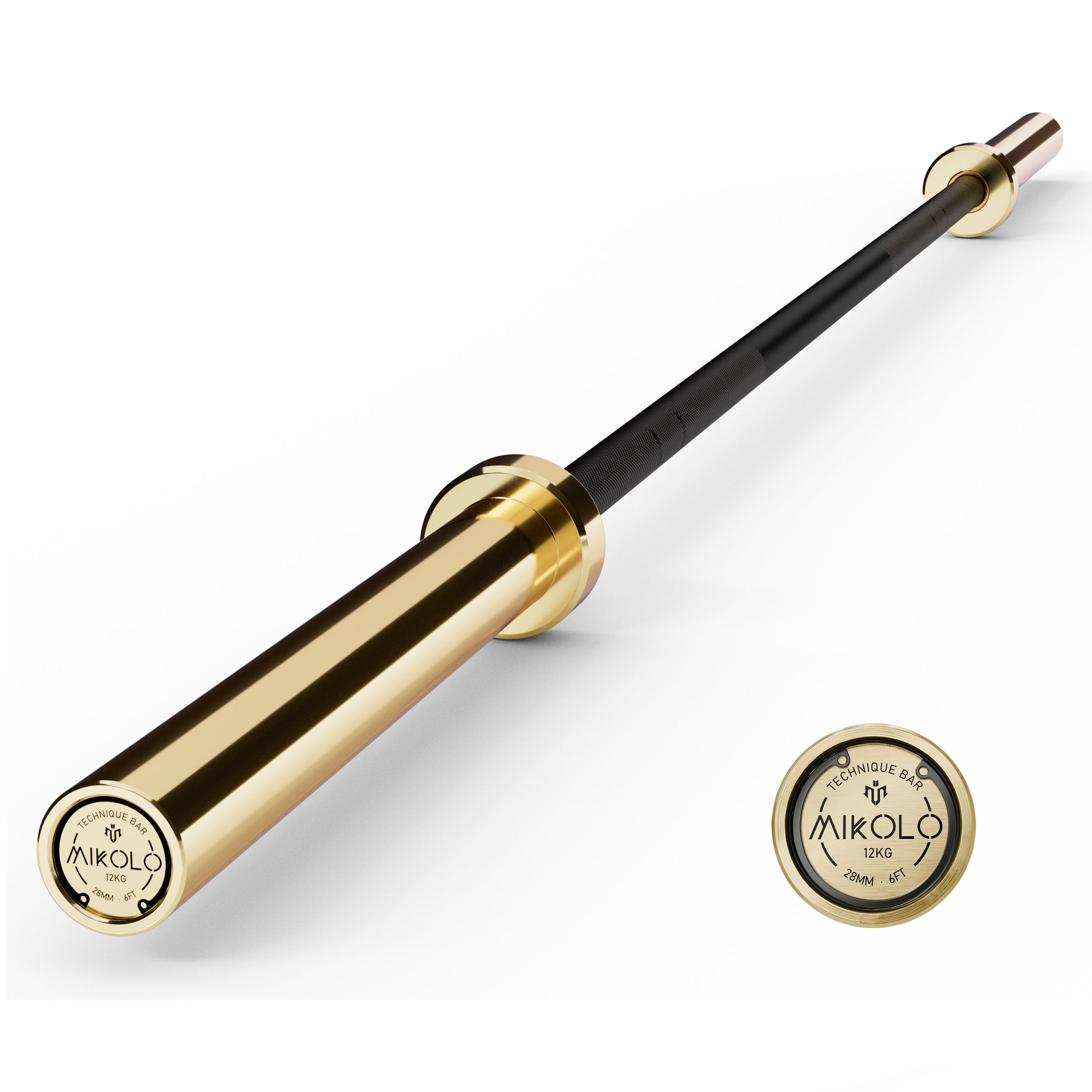
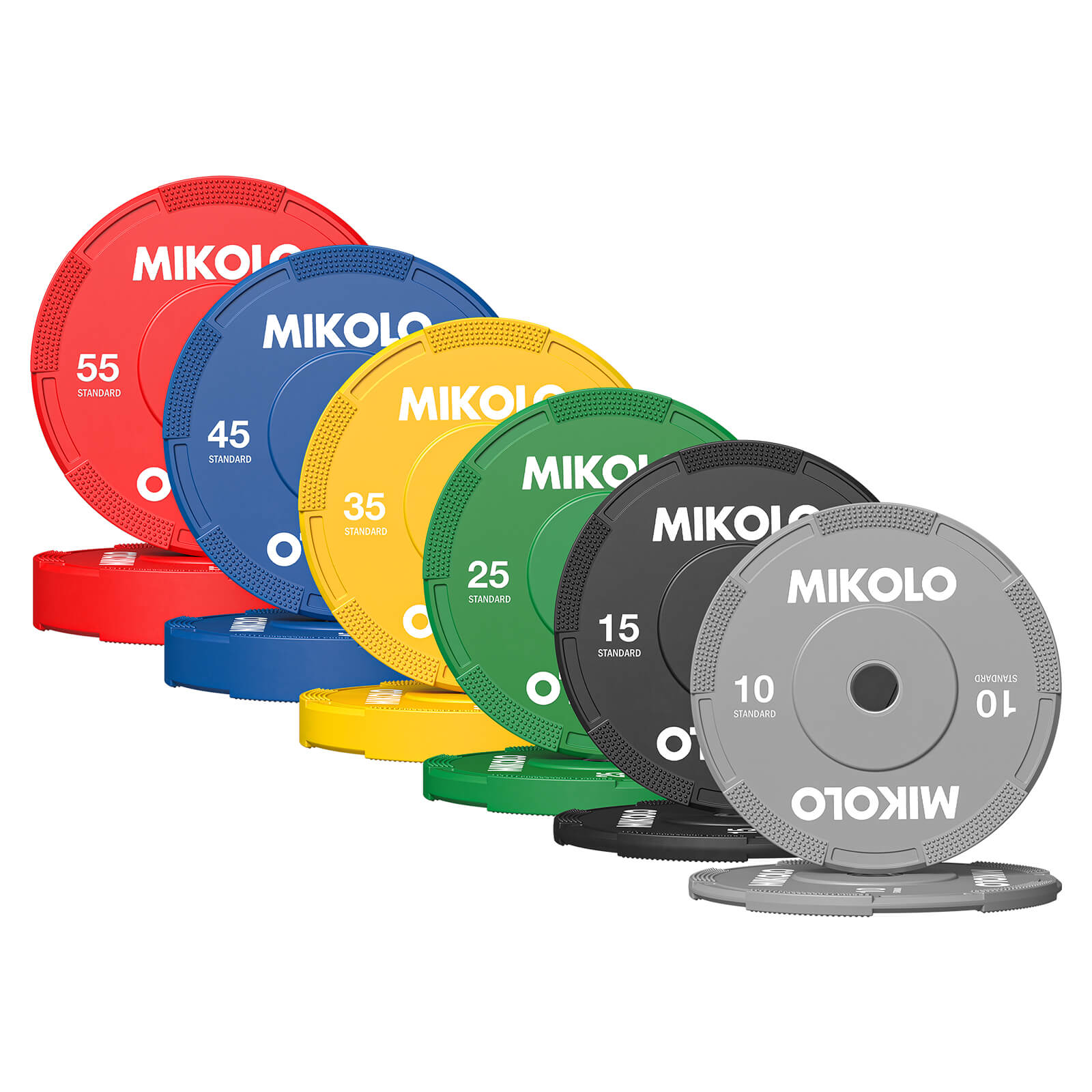
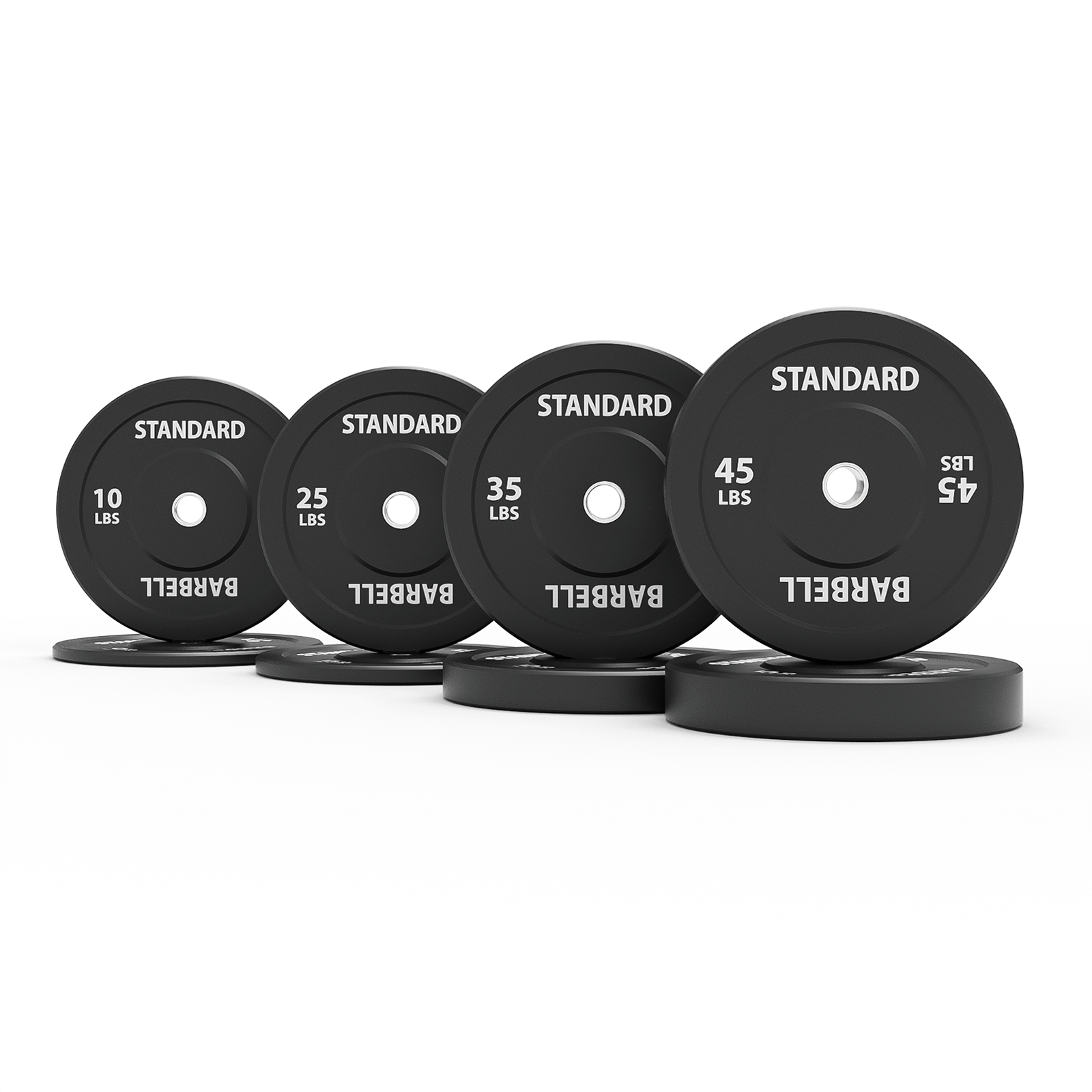
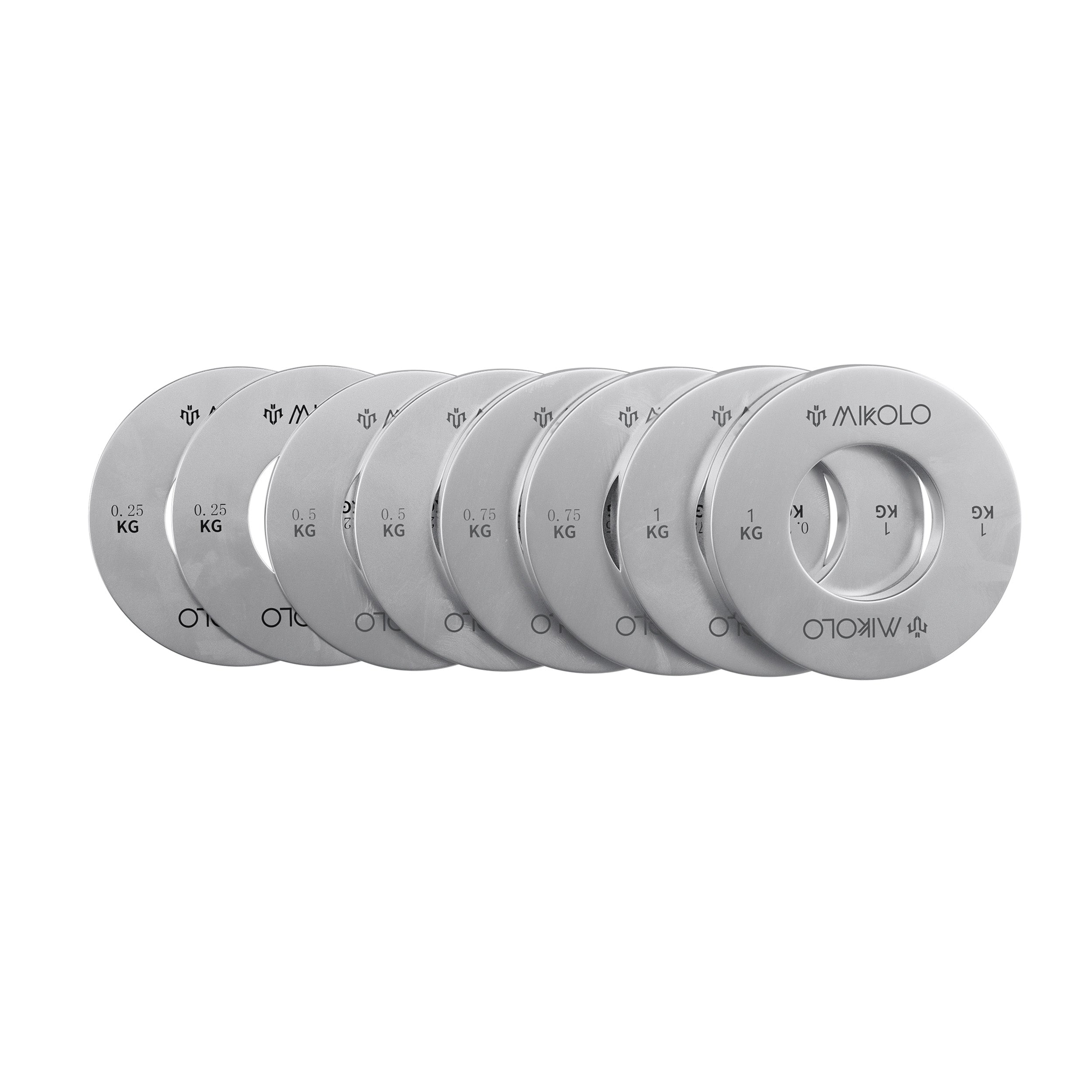



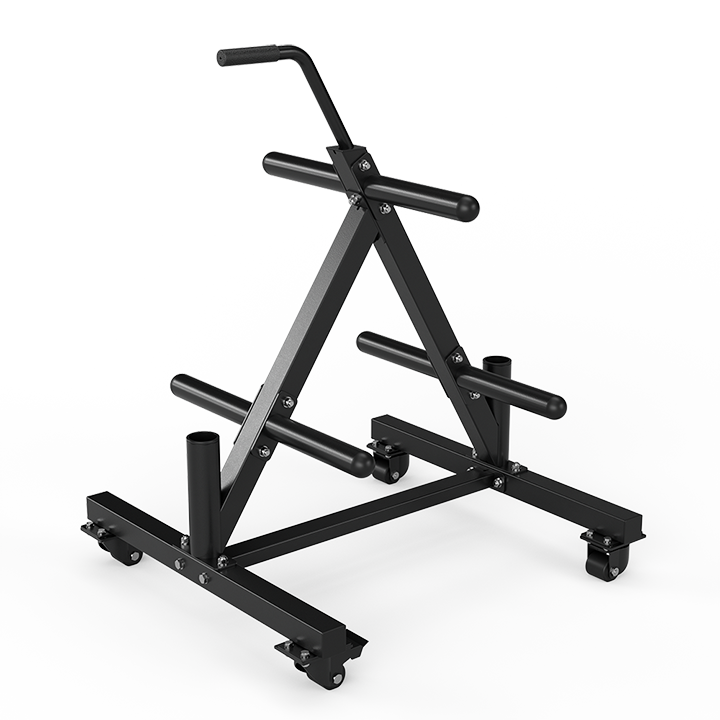





Leave a comment
This site is protected by hCaptcha and the hCaptcha Privacy Policy and Terms of Service apply.